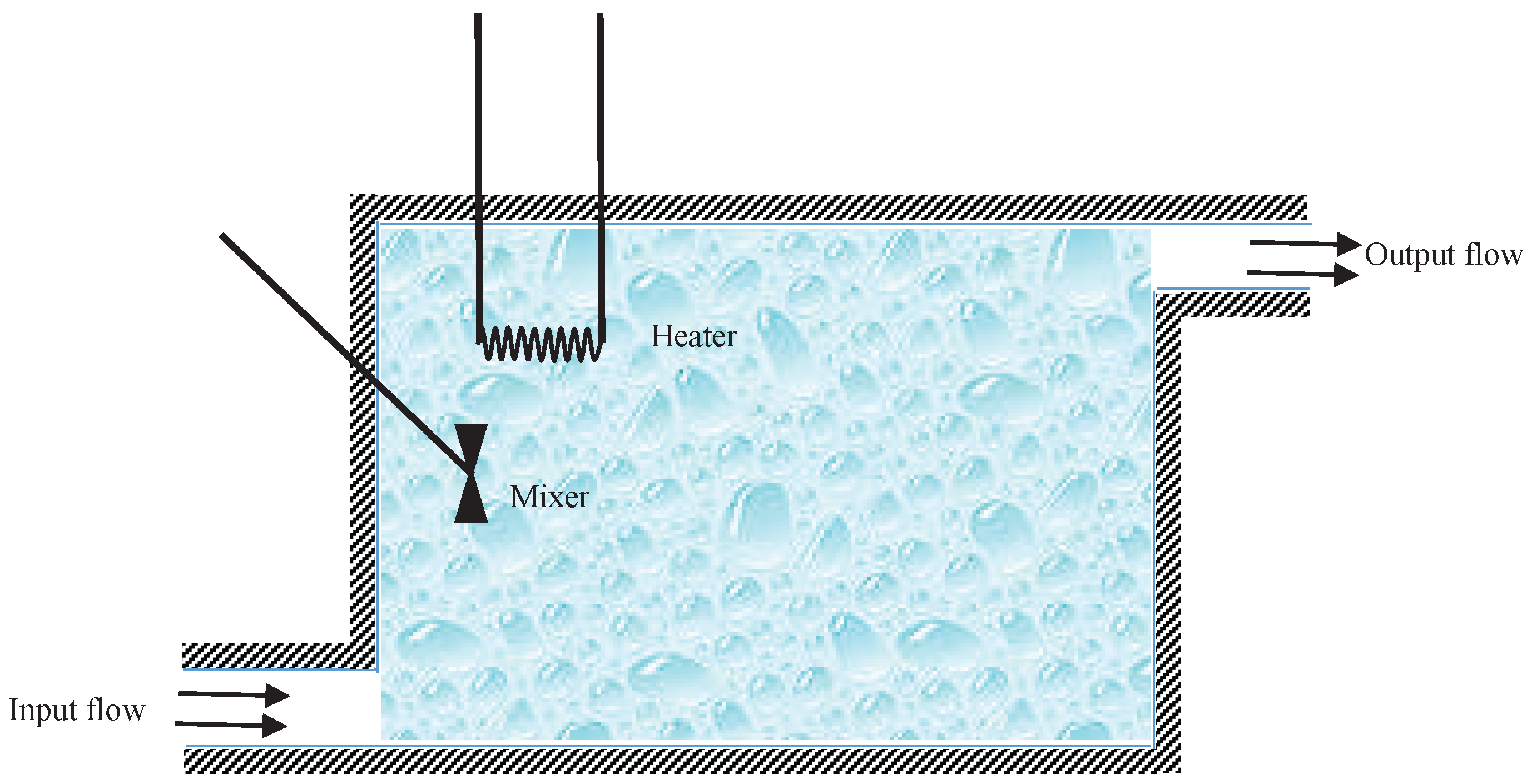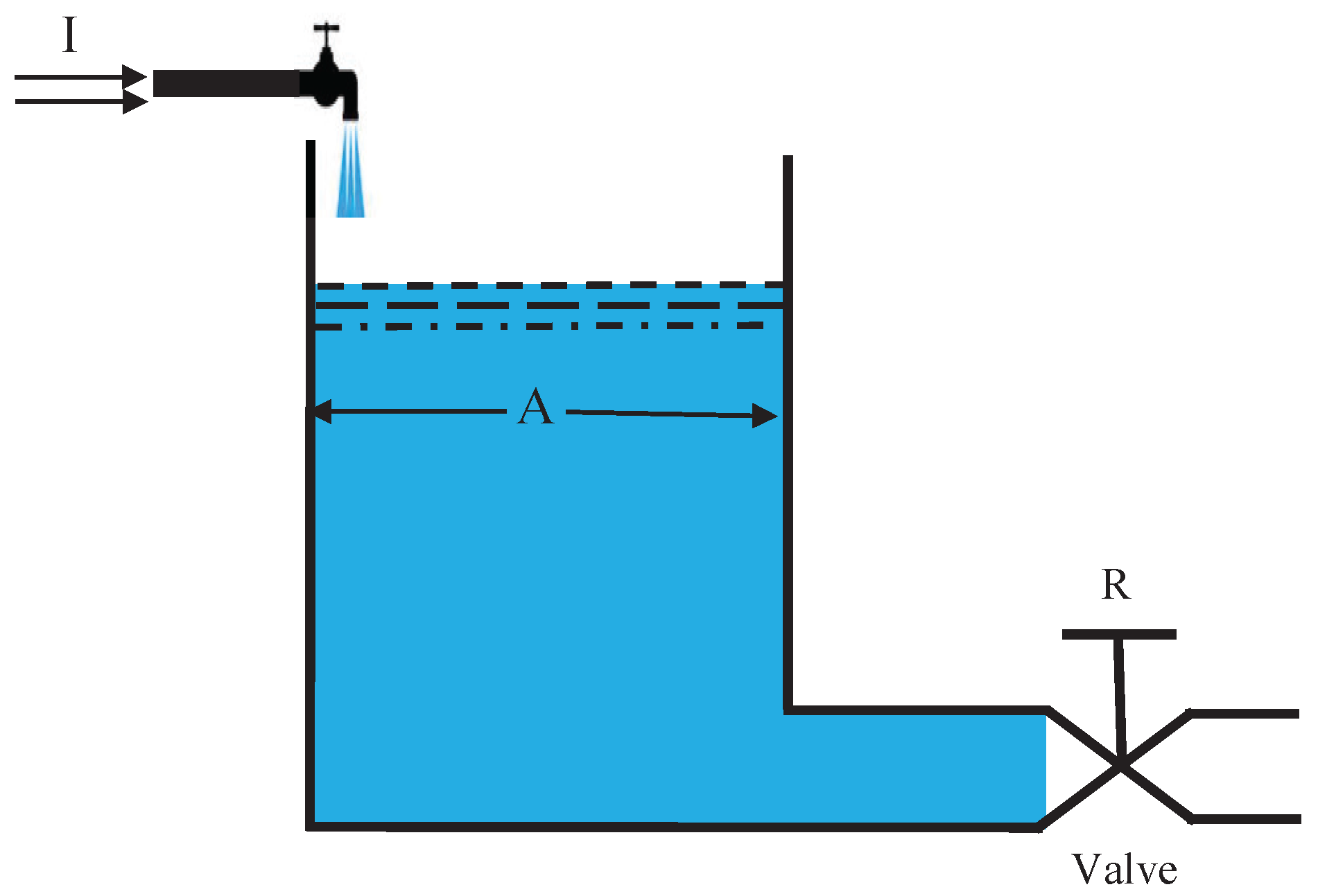Solution of Fuzzy Differential Equations Using Fuzzy Sumudu Transforms
Abstract
:1. Introduction
2. Preliminaries
- (i)
- (ii)
- (iii)
- (iv)
- is stated as complete metric space.
- (i)
- , and
- (ii)
- , and
- (iii)
- , and
- (iv)
- , and
- (i)
- If be (i)-differentiable, so and are differentiable functions, moreover .
- (ii)
- If be (ii)-differentiable, so and are differentiable functions, moreover .
3. Fuzzy Sumudu Transform
4. Solving Fuzzy Initial Value Problem with Fuzzy Sumudu Transform Method
5. Examples
6. Conclusions
Author Contributions
Conflicts of Interest
References
- Zwillinger, D. Handbook of Differential Equations; Gulf Professional Publishing: Houston, TX, USA, 1998. [Google Scholar]
- Khalili Golmankhaneh, A.; Porghoveh, N.; Baleanu, D. Mean square solutions of second-order random differential equations by using Homotopy analysis method. Rom. Rep. Phys. 2013, 65, 350–361. [Google Scholar]
- Buckley, J.J.; Eslami, E.; Feuring, T. Fuzzy Mathematics in Economics and Engineering; Physica-Verlag: Heidelberg, Germany, 2002. [Google Scholar]
- Diamond, P.; Kloeden, P. Metric Spaces of Fuzzy Sets: Theory and Applications; World Scientific: Singapore, 1994. [Google Scholar]
- Kloeden, P. Remarks on Peano-like theorems for fuzzy differential equations. Fuzzy Set Syst. 1991, 44, 161–164. [Google Scholar] [CrossRef]
- Jafari, R.; Yu, W. Fuzzy Control for Uncertainty Nonlinear Systems with Dual Fuzzy Equations. J. Intell. Fuzzy Syst. 2015, 29, 1229–1240. [Google Scholar] [CrossRef]
- Jafari, R.; Yu, W. Fuzzy Differential Equation for Nonlinear System Modeling with Bernstein Neural Networks. IEEE Access 2016. [Google Scholar] [CrossRef]
- Jafari, R.; Yu, W. Uncertainty Nonlinear Systems Modeling with Fuzzy Equations. Math. Probl. Eng. 2017. [Google Scholar] [CrossRef]
- Jafarian, A.; Jafari, R. Approximate solutions of dual fuzzy polynomials by feed-back neural networks. J. Soft Comput. Appl. 2012. [Google Scholar] [CrossRef]
- Jafari, R.; Yu, W.; Li, X.; Razvarz, S. Numerical Solution of Fuzzy Differential Equations with Z-numbers Using Bernstein Neural Networks. Int. J. Comput. Int. Sys. 2017, 10, 1226–1237. [Google Scholar] [CrossRef]
- Jafari, R.; Yu, W.; Li, X. Numerical solution of fuzzy equations with Z-numbers using neural networks. Intell. Autom. Soft Comput. 2017, 1–7. [Google Scholar] [CrossRef]
- Friedman, M.; Ming, M.; Kandel, A. Numerical solution of fuzzy differential and integral equations. Fuzzy Set Syst. 1999, 106, 35–48. [Google Scholar] [CrossRef]
- Allahviranloo, T.; Ahmadi, M.B. Fuzzy Laplace Transform. Soft Comput. 2010, 14, 235–243. [Google Scholar] [CrossRef]
- Ding, Z.; Ma, M.; Kandel, A. Existence of the solutions of fuzzy differential equations with parameters. Inf. Sci. 1997, 99, 205–217. [Google Scholar] [CrossRef]
- Truong, V.A.; Ngo, V.H.; Nguyen, D.P. Global existence of solutions for interval-valued integro-differential equations under generalized H-differentiability. Adv. Differ. Equ. 2013, 1, 217–233. [Google Scholar] [CrossRef]
- Asiru, M.A. Further properties of the Sumudu transform and its applications. Int. J. Math. Educ. Sci. Tech. 2002, 33, 441–449. [Google Scholar] [CrossRef]
- Belgacem, F.B.M.; Karaballi, A.A.; Kalla, S.L. Analytical investigations of the Sumudu transform and applications to integral production equations. Math. Probl. Eng. 2003, 103, 103–118. [Google Scholar] [CrossRef]
- Deakin, M.A.B. The Sumudu transform and the Laplace transform. Int. J. Math. Educ. Sci. Technol. 1997, 28, 159–160. [Google Scholar] [CrossRef]
- Eltayeb, H.; Kilicman, A. A note on the Sumudu transforms and differential equations. Appl. Math. Sci. 2010, 4, 1089–1098. [Google Scholar]
- Srivastava, H.M.; Khalili Golmankhaneh, A.; Baleanu, D.; Yang, X.J. Local Fractional Sumudu Transform with Application to IVPs on Cantor Sets. Abstr. Appl. Anal. 2014. [Google Scholar] [CrossRef]
- Abdul Rahman, N.A.; Ahmad, M.Z. Fuzzy Sumudu transform for solving fuzzy partial differential equations. J. Nonlinear Sci. Appl. 2016, 9, 3226–3239. [Google Scholar] [CrossRef]
- Belgacem, F.B.M.; Karaballi, A.A. Sumudu transform fundamental properties investigations and applications. J. Appl. Math. Stoch. Anal. 2006. [Google Scholar] [CrossRef]
- Liu, Y.; Chen, W. A new iterational method for ordinary equations using Sumudu transform. Adv. Anal. 2016. [Google Scholar] [CrossRef]
- Jafari, R.; Razvarz, S. Solution of Fuzzy Differential Equations using Fuzzy Sumudu Transforms. IEEE Int. Conf. Innov. Intell. Syst. Appl. 2017. [Google Scholar] [CrossRef]
- Bede, B.; Stefanini, L. Generalized differentiability of fuzzy-valued functions. Fuzzy Set Syst. 2013, 230, 119–141. [Google Scholar] [CrossRef]
- Seikkala, S. On the fuzzy initial value problem. Fuzzy Set Syst. 1987, 24, 319–330. [Google Scholar] [CrossRef]
- Puri, M.L.; Ralescu, D. Fuzzy random variables. J. Math. Anal. Appl. 1986, 114, 409–422. [Google Scholar] [CrossRef]
- Wu, H.-C. The improper fuzzy Riemann integral and its numerical integration. Inform. Sci. 1999, 111, 109–137. [Google Scholar] [CrossRef]
- Bede, B.; Gal, S.G. Generalizations of the differentiability of fuzzy-number-valued functions with applications to fuzzy differential equations. Fuzzy Set Syst. 2005, 151, 581–599. [Google Scholar] [CrossRef]
- Bede, B.; Rudas, I.J.; Bencsik, A.L. First order linear fuzzy differential equations under generalized differentiability. Inf. Sci. 2006, 177, 1648–1662. [Google Scholar] [CrossRef]
- Chalco-Cano, Y.; Roman-Flores, H. On new solutions of fuzzy differential equations. Chaos Solitons Fractals 2006, 38, 112–119. [Google Scholar] [CrossRef]
- Pletcher, R.H.; Tannehill, J.C.; Anderson, D. Computational Fluid Mechanics and Heat Transfer; Taylor and Francis: Abingdon, UK, 1997. [Google Scholar]
- Tapaswini, S.; Chakraverty, S. Euler-based new solution method for fuzzy initial value problems. Int. J. Artif. Intell. Soft Comput. 2014, 4, 58–79. [Google Scholar] [CrossRef]
- Streeter, V.L.; Wylie, E.B.; Bedford, K.W. Fluid Mechanics; McGraw Hill: New York, NY, USA, 1998. [Google Scholar]







© 2018 by the authors. Licensee MDPI, Basel, Switzerland. This article is an open access article distributed under the terms and conditions of the Creative Commons Attribution (CC BY) license (http://creativecommons.org/licenses/by/4.0/).
Share and Cite
Jafari, R.; Razvarz, S. Solution of Fuzzy Differential Equations Using Fuzzy Sumudu Transforms. Math. Comput. Appl. 2018, 23, 5. https://doi.org/10.3390/mca23010005
Jafari R, Razvarz S. Solution of Fuzzy Differential Equations Using Fuzzy Sumudu Transforms. Mathematical and Computational Applications. 2018; 23(1):5. https://doi.org/10.3390/mca23010005
Chicago/Turabian StyleJafari, Raheleh, and Sina Razvarz. 2018. "Solution of Fuzzy Differential Equations Using Fuzzy Sumudu Transforms" Mathematical and Computational Applications 23, no. 1: 5. https://doi.org/10.3390/mca23010005





